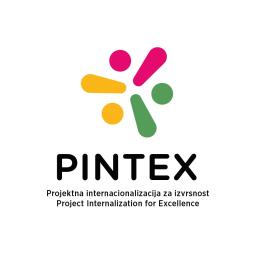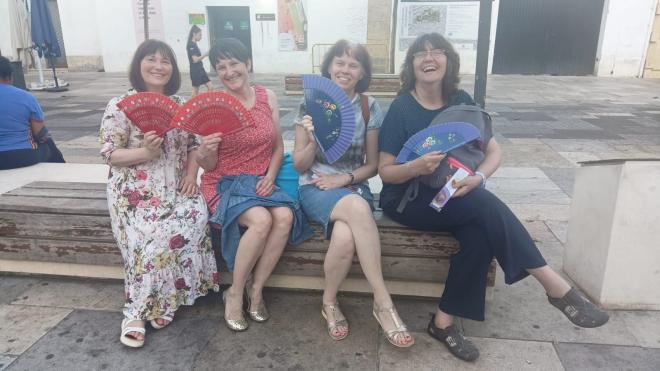Job-shadowing in Cordoba
Four teachers from XVIII. gimnazija are spending time in Cordoba, conducting planned activity job-shadowing.
They visited school' library. For the teachers libraries are always an inspiration. :)
JOB SHADOWIING (SCIENCE)
CORDOBA, APRIL 24-26, 2023
This report will analyze the way of teaching science in IES Trassierra, Cordoba, but it will also mention the differences between the Spanish and the Croatian school systems, as well as the specifics of our partner school, IES Trassierra.
According to the timetable, each lesson lasts 60 minutes, but as there are no formal breaks between them, and students and teachers change classrooms, each lesson effectively lasts 45-50 minutes. The start and the end of the lesson may vary, depending if students have some practical work, work on computers or they are in the cabinet.
Students can form different groups, which, it seems so, are formed on the students` initiative. I witnessed as the newly formed group entered the classroom to present their initiative – help to students who have problems with communication or feeling rejected.
If students have formal lessons (e.g. Biology for 2nd grade), the way of teaching is very similar to Croatian schools (classic genetics with exercises).
In subject called Scientific Culture students of the final grades were divided into groups of 4-5 and were making posters for the congress where they were supposed to present their research (e.g. eating habits of first graders, effect of light on the growth of cucumbers, calories in the food offered in their school canteen…) They create these posters on school laptops, which the teacher “orders” before the lesson, and the assistant brings them on the trolley. There are 10 laptops on the trolley, and after the lesson they are put on the same trolley, and charged in the corridor. The teacher helps students in their work. It is important to mention that the teacher just tutored the students with suggestions and advice, and did not “persuade” them to work.
In the Physics lesson for 3rd grade the teacher gives introductory remarks, writes few notions and the basic formula (F=ma) on the blackboard, and then shows the students the pages in the book they should read and exercises they should solve till the end of the lesson. They work on computers individually, and the teacher monitors their work. In the classroom there in one more person whose task is to assist several students simultaneously.
The teachers have a lot of autonomy as to which topics to teach in detail, and which (even) to skip, depending on the capabilities of their students. For instance, in the class with more students who have learning difficulties, more stress will be put on the topic of heat, as to make them realize the dangers it may cause and make them capable of avoiding them.
In conclusion, there are no significant differences in the teaching of Science in Croatia and Spain. The only striking difference is in the motivation of those who will finish their education at the age of 16 (or, perhaps, continue it at some vocational school) and those who want to take their “matura” exam and go to university, whereas in Croatia, due to a different system, it would be expected to notice that difference earlier.







